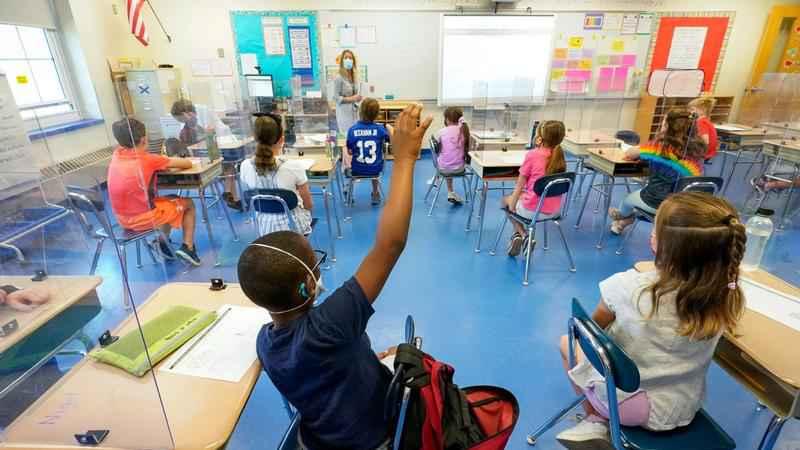Pandemic disruptions cited as reasons for lower student test scores in Minnesota

[KSTP/File]
Data released Friday show test scores have dropped among Minnesota students.
The Minnesota Department of Education (MDE) reported the statewide assessment results were collected during a challenging school year last year, which included distance learning or hybrid learning for thousands of students statewide due to the pandemic.
School districts use the data collected after students take standardized tests in the spring to see how students are performing academically.
Assessment results released Friday showed proficiency rates fell 11 percentage points to 44% in math (grades 3-8 and 11) and 7 points to 53% in reading (grades 3-8 and 10), since 2019.
Proficiency rates fell 8 percentage points to 43% in science (grades 5, 8 and once in high school) and 3 points to 9% for English Language Learners (ELLs).
Additionally this year, Minnesota largely tried to administer its tests as usual even though some school districts and states got partial waivers from the Biden administration. About 77% of eligible Minnesota students completed their tests, which was down from the usual 98%.
"The statewide assessment results confirm what we already knew—that the COVID-19 pandemic has disrupted our students’ learning and they need our help to recover," Education Commissioner Dr. Heather Mueller said in a statement. "As we head into a new school year, MDE stands ready to partner with our educators, school leaders and staff as they work to accelerate learning and provide social-emotional and mental health support for our students."
To that end, MDE announced the creation of the Collaborative Minnesota Partnerships to Advance Student Success program, or COMPASS, which aims to boost learning "by meeting students’ academic, social-emotional and mental health needs" as students continue to feel the effects of the pandemic.
The COMPASS system includes various professional development opportunities for educators plus support from MDE, Minnesota Service Cooperatives and Regional Centers of Excellence in an effort to help close student learning gaps.
Additional information on the system is expected in September.